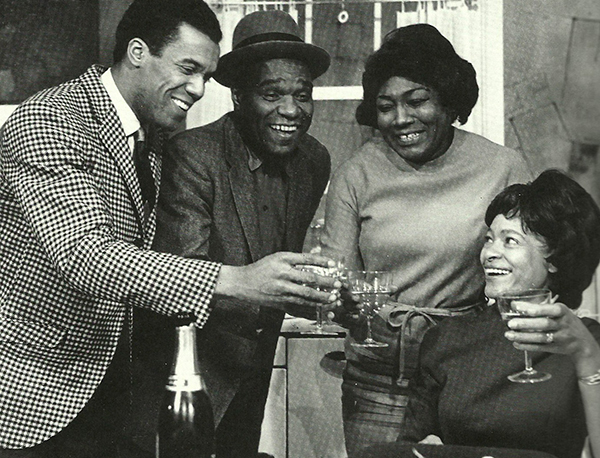In our latest installment of Shelf Life, current Nasher Public artist, Vicki Meek, sends along a thoughtful essay on the influences on her decades' long career focused on social justice for the Black community, a show called Stony the Road We Trod, on view January 7 – February 14, 2021. Taking its title from a lyric of “Lift Ev’ry Voice and Sing,” the Black national anthem, Vicki Meek’s installation offers a contemporary shrine dedicated to the Black community. Drawing upon the culture of Yoruba belief, Adinkra symbols of Ghana, and other metaphorical elements, Meek has transformed the Nasher Store Gallery into an uplifting space of healing and encouragement. Previously, in 2013, Meek was part of Nasher XChange, the city-wide public art exhibition celebrating the Nasher’s tenth anniversary, and currently she is the subject of a career retrospective at Dallas’s African American Museum.
I consider myself extremely lucky to be someone who truly believes that my life never disappoints me. Being an artist has allowed me to always have a tool to express whatever is on my heart or mind in a constructive manner. Living through a pandemic hasn’t changed this. What it has done is allow me the time to be still with my thoughts and not have the pressure to complete them in a predesignated timeframe.
I embraced this Nasher Sculpture Center project with great enthusiasm because it came with no strings attached, save that of providing a finished work. This is the second commission I’ve done for the Nasher and both have come with this as the only provision. Now that’s a blessing because freedom to create is all any artist really wants!
As a 70-year-old African American, I have lived through some tumultuous times in this country but none quite like this. I grew up with parents who were deeply involved in black liberation activities, so the notion of activism as your life’s work is nothing new to me. I chose to be an artist early in life, so going to the academy was a no brainer. Figuring out how to use my art in the liberation movement was a different story. As a young child, my parents wanted to affirm my decision to be an artist, so they introduced me to the art of Elizabeth Catlett, Augusta Savage, Jacob Lawrence and Romare Bearden. All of these artists were doing work that addressed the struggles and history of Black people and they also happened to be artists engaged in progressive political movements like my parents. So, from the beginning, I knew that I could use my art in the service of liberating Black people and that is what I’ve tried to do throughout my decades of art production.
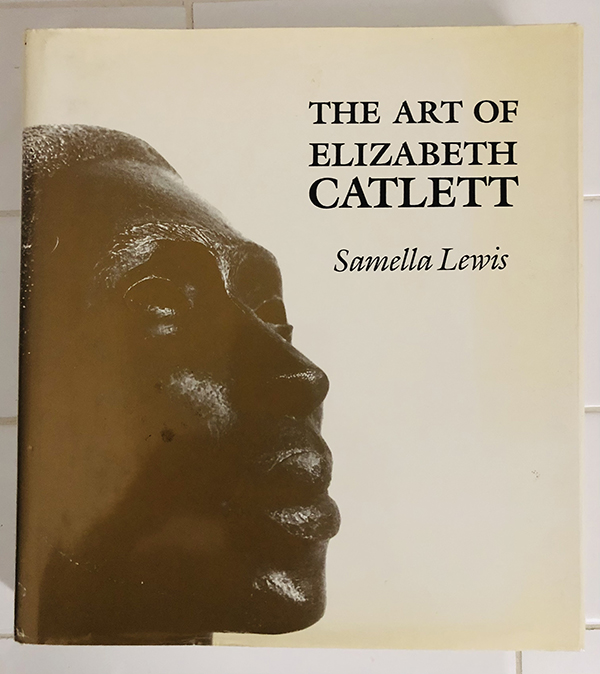
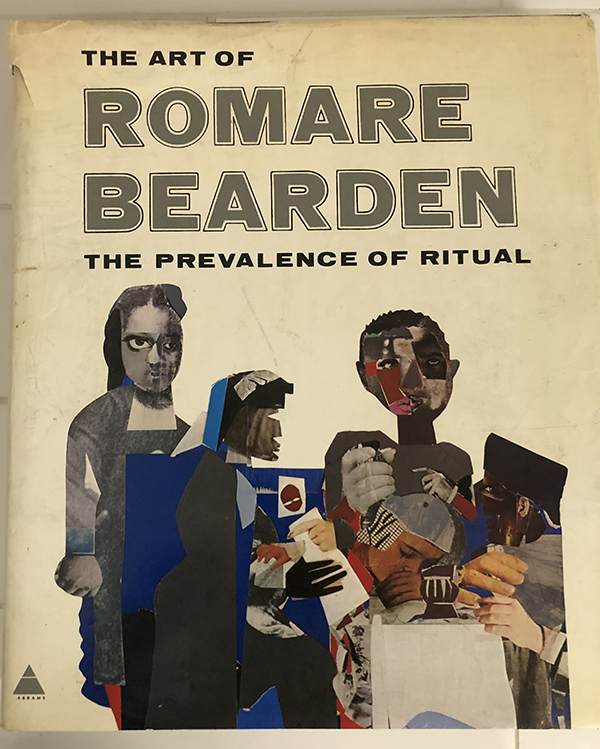
My practice has always involved a lot of historical research but there are certain people whose writings and life’s work have been a constant since I was a little girl. William E. B. DuBois was one of the most important figures in shaping my perspective on the role of an artist. He wrote many essays on the topic and was himself a wonderful poet, although most people are not that familiar with this creative side of him. I often reread his essays when I am working on developing a piece because they tend to ground me in my aesthetic. Another person I read and reread is Ida B. Wells because she embodies the warrior woman I always strive to be. Her devotion to African American people was unshakeable and I like to think mine is also. I am continually studying ancient African spiritual practices, mining them for ways to reconnect African Americans to their African ancestors since I believe the way to thrive in inhospitable surroundings is by grounding oneself in your culture. My personal library is full of books that allow me to touch base with my deepest roots whenever I need to.
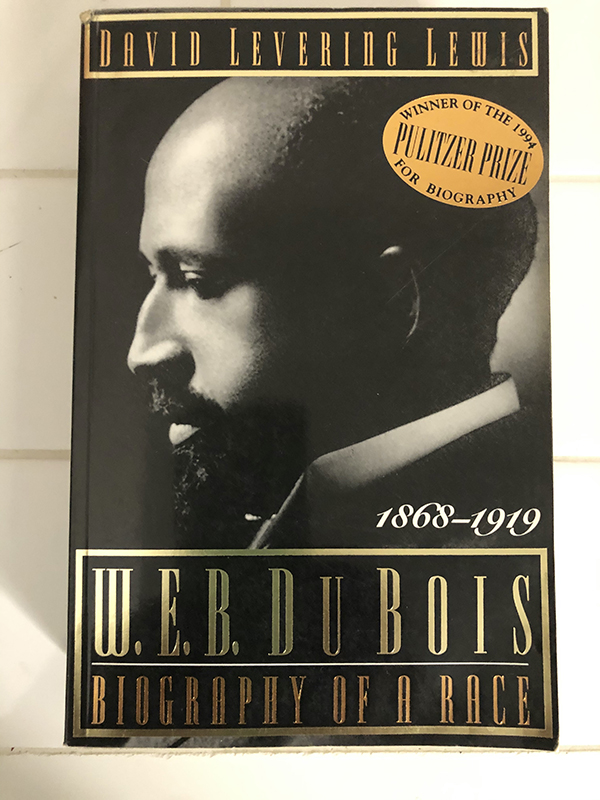
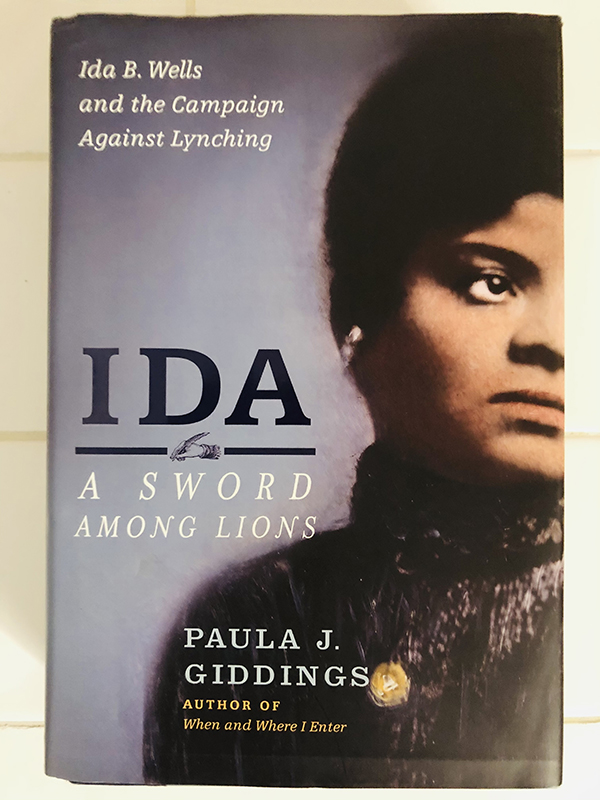
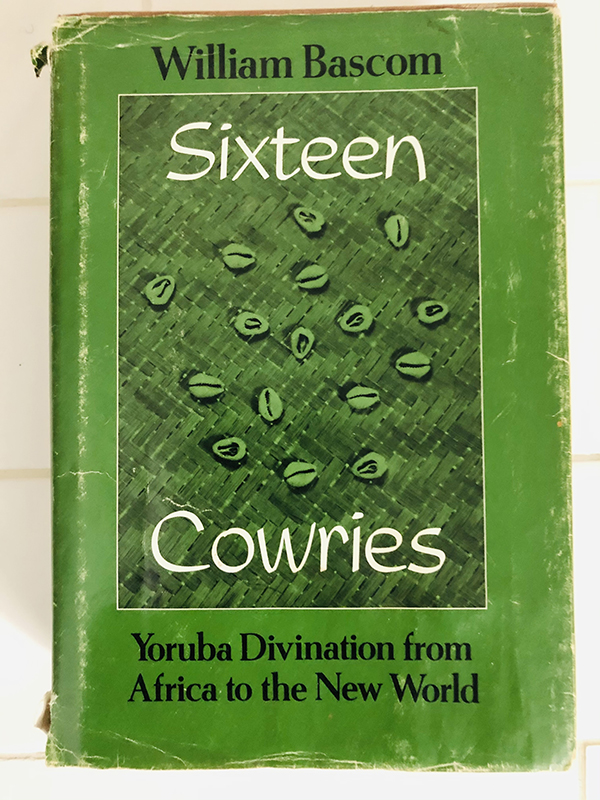
Three films that had a major impact on me, two when I was a teenager and one when I was quite grown, still remain relevant as inspirations for my aesthetic approach. The first is Fellini’s Juliet of the Spirits, a film that literally spoiled me from ever being able to look at Hollywood filmmaking with any sense of awe! Fellini is the artist who helped me understand that magic and the mystical were two valid elements for one to include in their artmaking toolbox. Decades later, Julie Dash would validate this notion with her brilliant film Daughters of the Dust, but this time I experienced this idea through a Black feminist lens, and I was duly mesmerized. The third film that will always live with me is Nothing but a Man. This film was the first one I’d ever seen that gave dignity to every character in it and provided a nuanced and poignant storyline that was neither predictable nor cliché. Like my other two favorite films, it holds up today as solidly as it did in 1964.
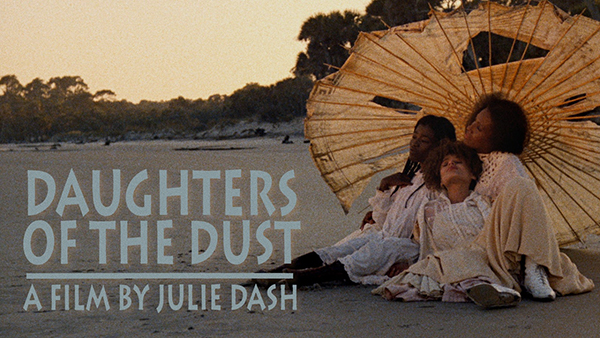
Jazz has been my inspiration all of my creative life and, although I love many musicians playing in this genre, I have to admit that I am partial to John Coltrane. I think I am so enamored of Coltrane because he was also so involved with trying to understand the spiritual aspects of creativity, using himself as a vessel to express the sacred/ancestral connections humankind possesses.
My parents were great believers in providing Black cultural experiences for their kids, so I had my first live theater experience attending a performance by Negro Ensemble Company. I was privileged to see a number of their productions and suspect that’s one of the reasons I am so supportive of African American theater today. Like my visual art heroes and sheroes, black theater makers have kept the culture and history alive through their narratives and for that I am forever grateful.
